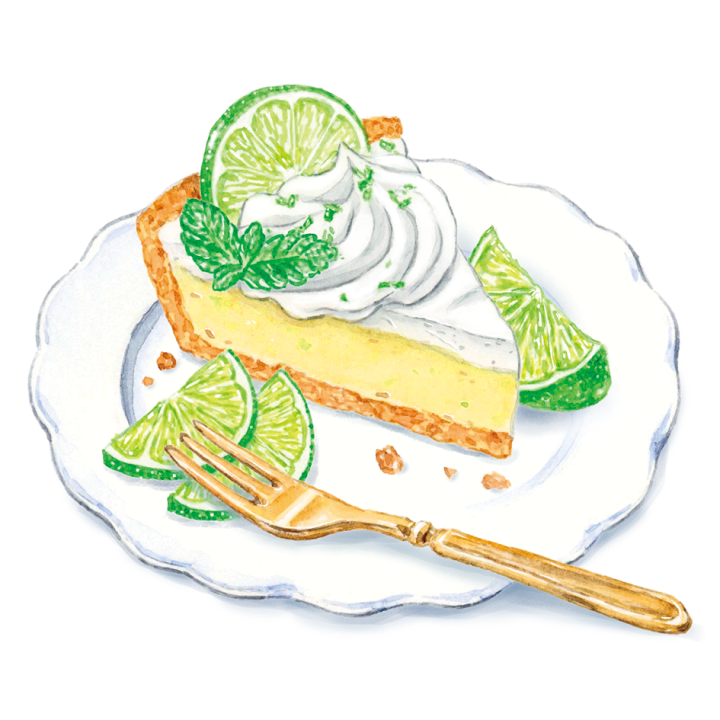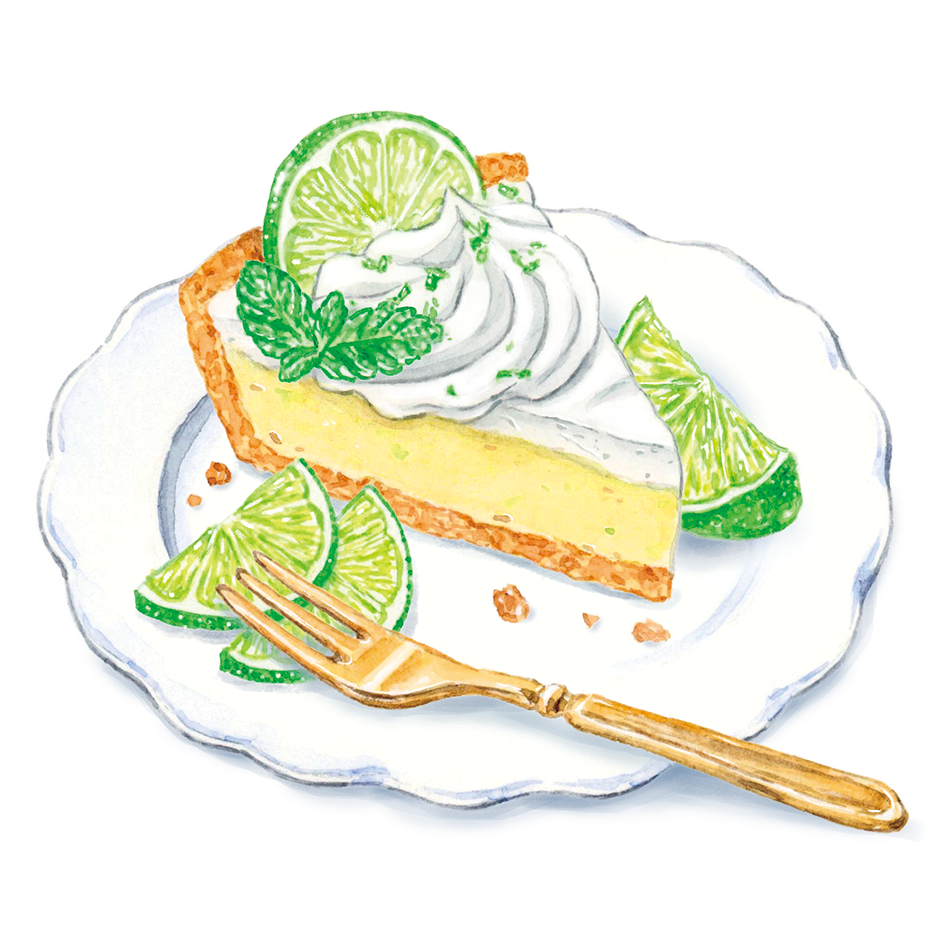
A few years ago, a friend wrote a cookery book for the UK market, full of gorgeous dishes, many of them esoterically British. It was snapped up by an American publisher who, as well as converting my friend’s careful metric measurements into loosey-goosey volume-based cup measures, queried a couple of her more British ingredients, one being golden syrup. My friend had a recipe for treacle tart which – as anyone who has made it knows – is just a whole tin of golden syrup held together with a handful of breadcrumbs and an egg.
But golden syrup is hard to get hold of in the US. Her American publishers wanted to replace it with corn syrup. Now, corn syrup may look similar to golden syrup – they are both inverse sugars of a blond hue – but the taste is completely different. Where golden syrup is distinctive, complex, almost metallic in flavour, corn syrup is one note, insipid and cloyingly sweet. This normally unflappable friend spat her dummy out: a treacle tart without golden syrup simply isn’t a treacle tart. Don’t even bother.
I think of this while I’m making my key lime pie without the traditional graham crackers used for the crust or, indeed, any key limes. It’s a simple recipe, with very few constituent parts – limes, condensed milk, eggs, a buttery biscuit base – and I’ve deliberately ducked two of them before I’ve even started. Is there any point, I ponder, while zesting my common or garden limes, in even attempting a dish if I can’t pretend towards authenticity? The problem is key limes (Citrus aurantiifolia) are near-impossible to get in the UK; so if they truly are a non-negotiable in a key lime pie, then I’m stuffed. Certainly, emotions run high when it comes to pie-thenticity: in 1965, a Florida representative, Bernie Papy Jr, brought forward a bill for anyone who advertised a key lime pie made without key limes to be fined $100 – about £2,500 today. Luckily for me, the bill failed.
It’s a huge relief when I happen upon an article – ‘Key Limes? More Like Key LIES’ – by Stella Parks, an American baking writer whom I hugely admire. In it, she argues vociferously that key limes, even in the US, simply aren’t worth the bother. As well as the fact that these little green blighters are a pain to source (and even more annoying to zest and juice), the modern-day key limes have little in common with their forebears.
In the early 20th century, key limes were grown in California, Texas and Florida (the Keys of which gave the limes their name). The area’s alkaline soil gave the limes a mellow, floral flavour, softening their astringency, and the climate meant that the citrus grew to the size of lemons. Key limes were fat and juicy and acidic without being bitter: perfect for pies. Today the same species are almost entirely imported from Mexico, where the different growing conditions produce small, low-yield, bitter limes – distinctive in their own way, but not the key limes of old.
The dish is served chilled, which makes it perfect for a no-fuss, do-ahead summery pudding
In an attempt to create a similar flavour profile to the floral complexities of the original key limes, as well as the juice I use the zest, which holds the aromatic oils inside the lime’s skin, and brings a depth of flavour rather than just a zingy sharpness. Graham crackers tend to be the biscuit of choice in the pie’s homeland; we have no direct equivalent, the crackers falling somewhere between a digestive biscuit and a hobnob. I use hobnobs because I love their nubbly texture and salty-sweet flavour, but digestives or even caramelised biscuits would also work well.
The biscuits are crushed and combined with melted butter, pressed into a tin and baked just long enough to give the crust depth and crunch. This is then topped with a mixture of condensed milk, egg yolks and lime juice, mixed together to combine and thicken. A brief spell in the oven and your work is done. The dish is served chilled, which makes it perfect for a no-fuss, do-ahead summery pudding. A punchy amount of juice and zest cuts through the sweet, sticky condensed milk, and it sets into a cool, smooth tart. If you’re still hungry for authenticity, whipped cream should be piped on top – in kitsch rosettes or stars.
Makes 1 x 9in pie (serves 8-10)
Takes 15 minutes
Bakes 30 minutes
- 250g hobnobs, crushed
- 75g butter, melted
- 1 tin (397g) condensed milk
- 4 limes, juiced and zested
- 4 egg yolks
- 150ml double cream, for decoration
- Preheat the oven to 200°C/180°C fan.
- Blitz the hobnobs and melted butter together until they form a damp crumb. Press that crumb into a nine-inch tart tin, building it up at the edges to create a crust. Bake for ten minutes, to set the crust.
- Whisk together the condensed milk and egg yolks until combined, then add the lime juice and zest, whisking for another couple of minutes – the mixture will thicken a little.
- Pour the mixture into the crust and bake for 15 minutes. Leave to cool.
- Before serving, whisk the double cream to medium-peaks, and then pipe in rosettes, stars, or swirls around the border of the pie.








Comments